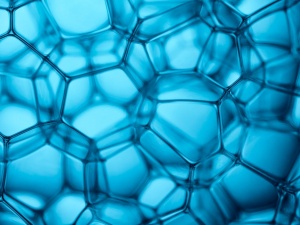Additive Manufacturing of Polymer Matrix Composite Materials with Aligned or Organized Filler Material
Abstract
The ability to fabricate polymer matrix composite materials with continuous or discontinuous filler material, oriented in a user‐specified direction, enables implementing designer material properties, such as anisotropic mechanical, thermal, and electrical properties. Conventional fabrication methods rely on a mold, which limits specimen geometry and is difficult to implement. In contrast, additive manufacturing, including fused filament fabrication or fused deposition modeling, direct ink writing, or stereolithography, combined with a method to align filler material such as a mechanical force or an electric, magnetic, shear force, or ultrasound wave field, enables 3D printing polymer matrix composite material specimens with complex geometry and aligned filler material, without the need for a mold. Herein, we review the combinations of fabrication and filler material alignment methods used to fabricate polymer matrix composite materials, in terms of operating and design parameters including size, resolution, print speed, filler material alignment time, polymer matrix and filler material requirements, and filler manipulation requirements. The operating envelope of each fabrication method is described and their advantages, disadvantages, and limitations are discussed. Finally, different combinations of 3D printing and filler material alignment methods in the context of important engineering applications, such as structural materials, flexible electronics, and shape‐changing materials, are illustrated.
Full article:
Source: Preview Image: iStock.com/AzmanL



